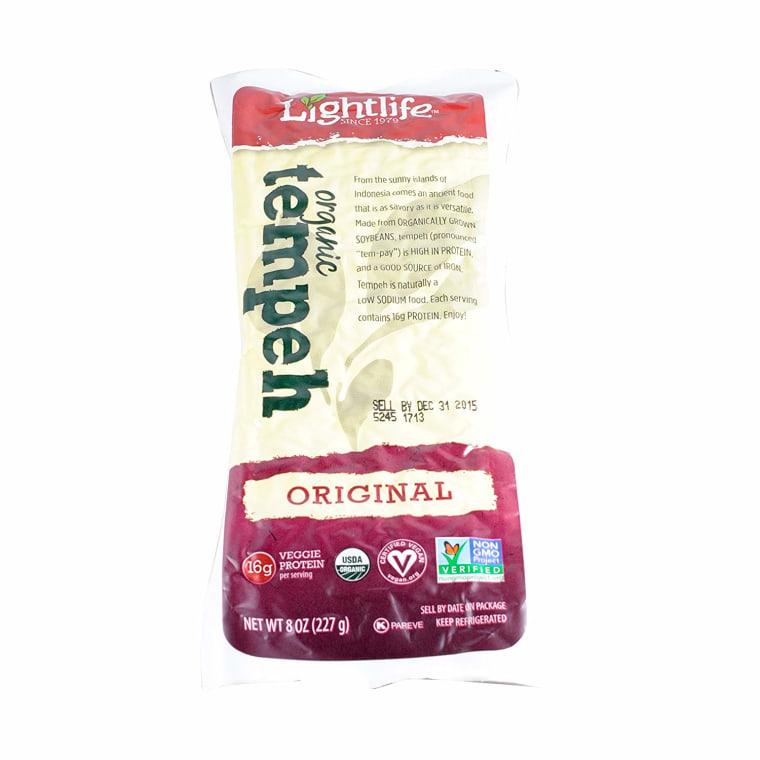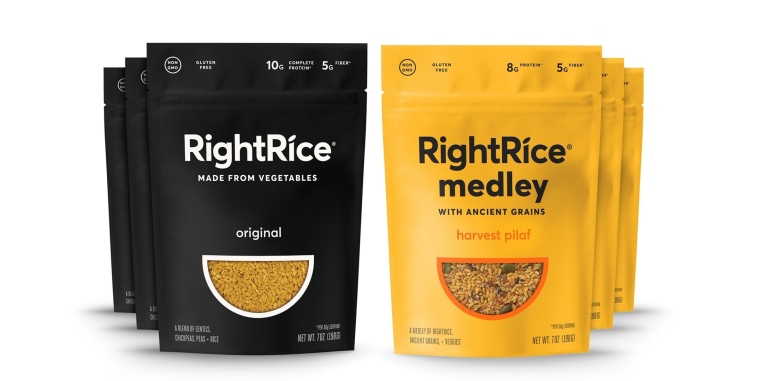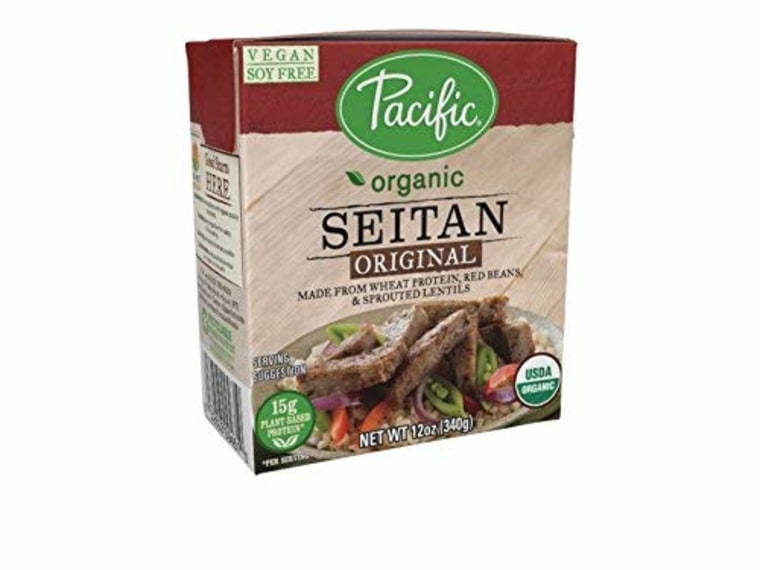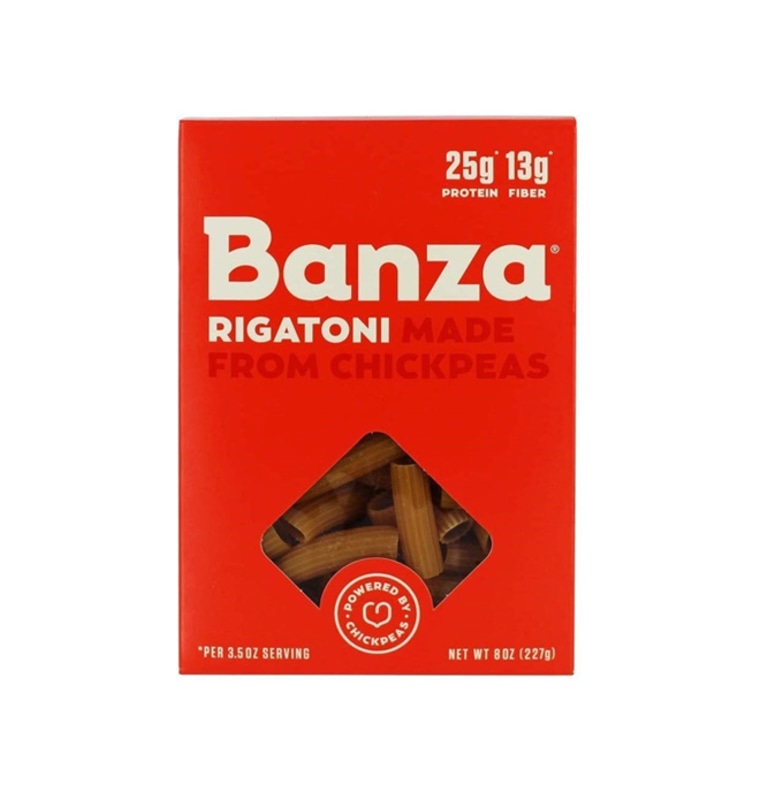There’s no debate that it’s great health advice to “eat more plants.” But I get asked all the time whether you can meet your daily protein needs by doing so. The answer is a resounding YES – if you choose wisely.
But it can be confusing – especially if you’re a beginner - when swapping animal proteins out for plant-based ones.
One easy solution is choosing “faux” meat products mostly made from soy products (think Not-Dogs, Crispy Tenders, Impossible Burgers) to provide a familiar animal taste, using plant products. But there are a lot more nutrient-rich, true plant proteins that taste delicious, are minimally processed and easy to prepare.
RELATED: 5 vegan food myths busted by famed Chef Chloe Coscarelli
And just how much protein do you need for good health? Take your weight in pounds, and divide it in half – that’s the approximate number of protein grams you need every day. For example, if you weigh 120 pounds, you need about 60 grams of protein. If you weigh 160 pounds, you need about 80 grams.
Check out these five protein-rich plant-based foods you can eat as a “stand alone” protein, or combined with any other foods in your own pantry or fridge:
Tempeh:
Tempeh is a close cousin of tofu. While all soy products are nutrient (and protein) rich, tempeh is fermented using a process that creates a firmer, dense cake-like texture compared to tofu, and it even has an even higher protein content.
As for taste, it’s one of the more flavorful soy products, with a mushroom (umami) taste, and some nutty notes. A versatile protein, it can be fried, baked, grilled, or steamed and maintains its texture well, like any other firm animal protein. A four-ounce serving (computer mouse size) has about 20 grams of protein and 200 calories. Like all soy products, tempeh is a complete protein, also containing four grams of fiber and five grams of fat per serving; it’s also a good source of iron. Readily found in supermarkets, it’s available in plain and seasons versions, or sometimes mixed with other grains like rice or barley.

RightRice Medley/RightRice
If you love the taste of rice, RightRice is a plant-protein rich blend of beans, lentils, peas, and chickpeas. And it has the true taste of rice because it contains 10 percent rice. RightRice comes in original, lemon pepper, Spanish, garlic herb, Thai curry, and cilantro lime. For a two cup, cooked serving, you’ll get 20 grams of complete protein along with 10 grams of fiber. That’s a one-two punch for fullness, plus a good source of iron and potassium.
Also consider the recently-launched, RightRice Medley. It’s RightRice combined with ancient grains and even more vegetables to create protein-rich versions for the ever-popular “rice pilaf” and “fried rice.” All of the medley versions provide 16 grams of protein, and 10 grams of fiber for a two-cup cooked serving.

Seitan:
Playfully called “wheat meat,” seitan is a protein made from gluten, the main protein in wheat. It’s made only from wheat gluten and water kneaded together into a thick mass – with the starchy carbohydrates washed away, so it’s a pure source of protein.
Like tofu, seitan is a bland product, and takes on the flavor of other added ingredients. With a firm and dense texture, it’s often compared as very similar to that of meat. A three-ounce serving contains 18 grams of protein, and around 100 calories. Seitan is not a complete protein, lacking the essential amino acid lysine. But beans are rich in lysine and can be included in a seitan dish, or eaten at other times. Seitan can be found in the refrigerated section of the supermarket, or even made at home. While carbohydrate free, this is not a product for gluten-free eaters.

Banza Pasta
For both chickpea or pasta lovers, the Banza pasta is a protein packed choice with 23 grams of protein per serving (about 2 cups). Made of 100 percent chickpeas (and no flour!), Banza is gluten free, and provides eight grams of fiber. It’s now available in both short cuts (like penne, bowties, and shells) as well as spaghetti. You’ll get a similar boost of protein (20 grams) with Banza’s macaroni and cheese product. Banza can be used in any pasta dish of your choice. And, when used as a side dish, downsize your serving to 1 cup, to allow for greater nutrient variety in the meal.

Lentils
As part of the legume family, lentils are one of the top protein choices and loaded with other nutrients. Taste wise, it’s versatile, and blends with most foods you can think of. With a whopping 24 grams of protein per cooked cup, lentils have a mild taste – perfect for those new to beans and legumes.
And lentils are the second richest source of protein in the bean family (soy products being first). And they are so fiber-rich, that a one cup serving provides nearly two-thirds of the daily recommended requirement. This versatile bean can be used in soups, burgers, side-dishes, and salads. For use as a side-dish or salad, downsize the serving to ½ cup cooked, to leave room for other healthy foods!

Madelyn Fernstrom, Ph.D. is NBC News’ health editor. Follow her on Twitter @drfernstrom.
